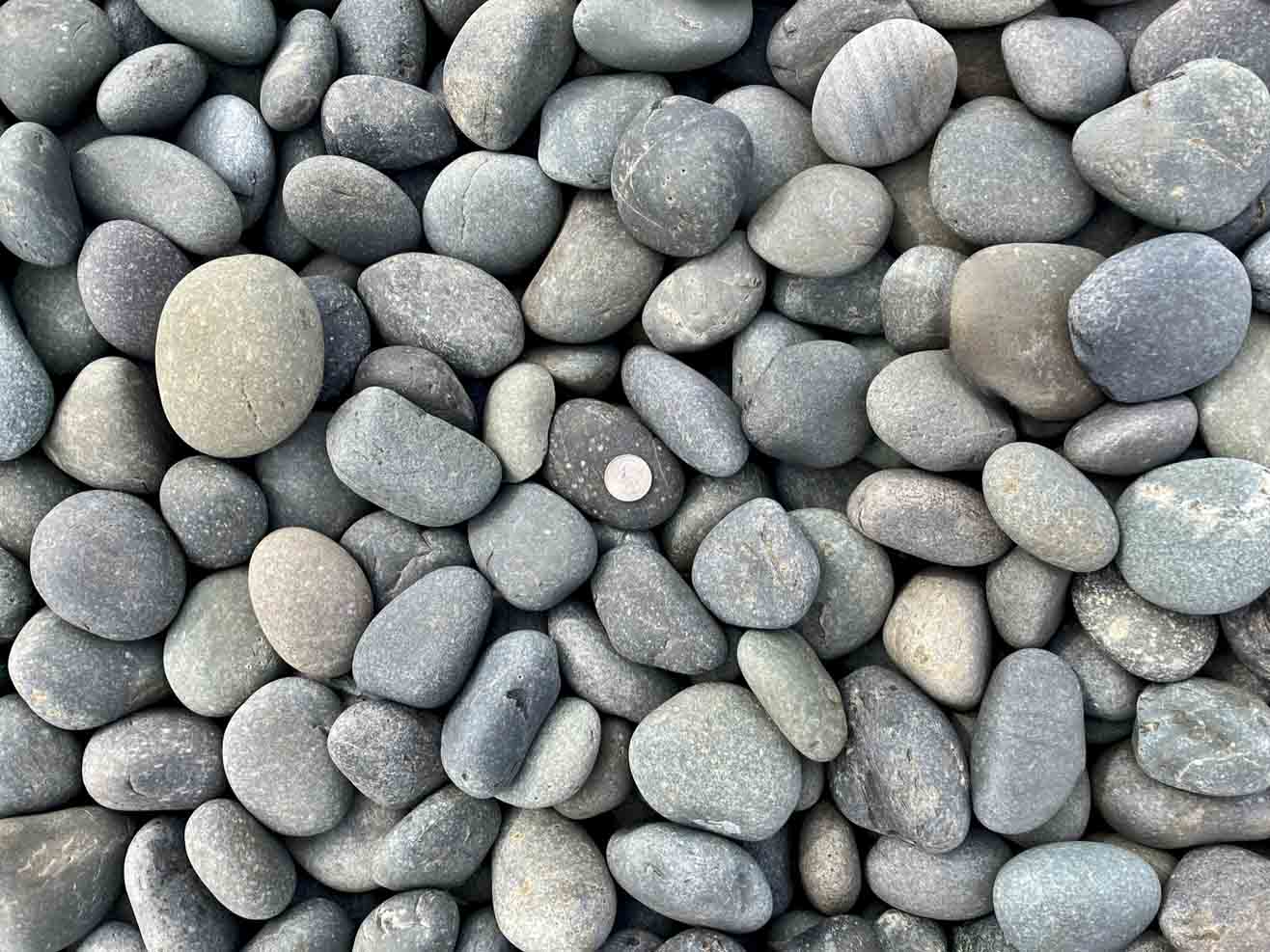Rocks can be a practical alternative for landscaping, offering an effortless and economical solution. Unlike plants or wood mulch, rocks don’t require much maintenance or water, saving you both time and money.
Throughout history, people have embraced the use of rocks in their gardens, employing them for drainage and as decorative accents in rock gardens. By incorporating rocks into your landscaping, you join the ranks of those who have done so for generations.
When it comes to landscaping rocks, there is a variety to choose from. Let’s explore some of these options and get inspired with ideas for rock garden landscaping.
1. Pea Gravel
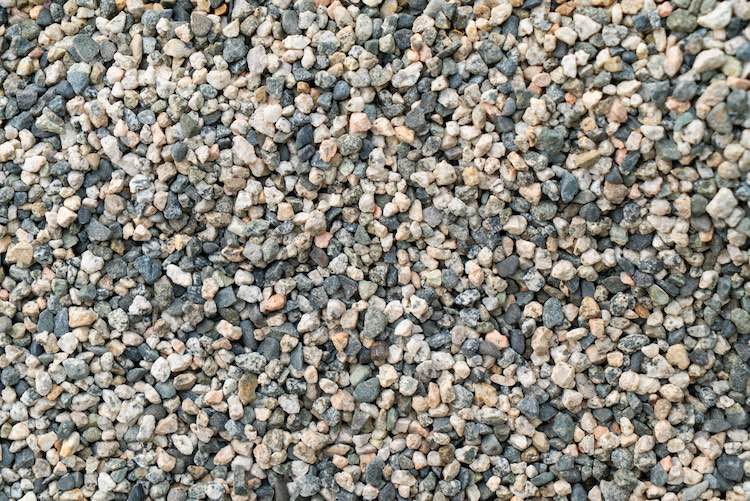
Imagine smooth rocks, resembling peas in size, creating an appealing and tactile experience. Pea gravel is not only visually pleasing but also affordable, making it a favorite choice for many. It serves multiple purposes, including high-traffic areas like dog runs, walkways, and patios, as well as for drainage projects.
2. River Rock
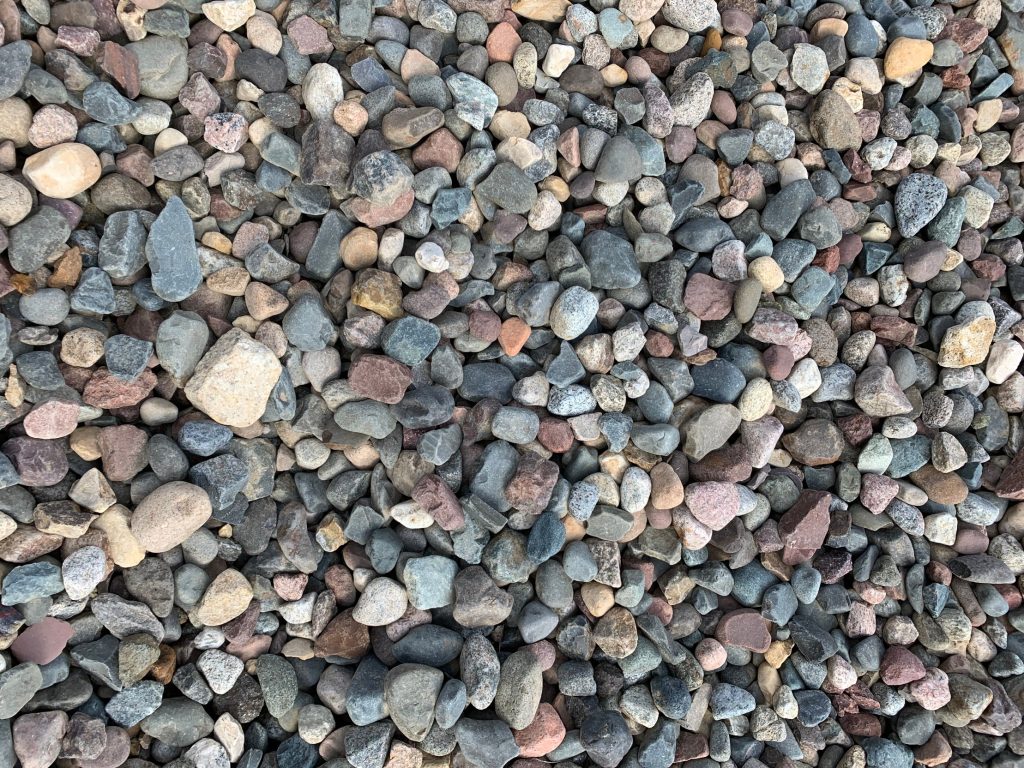
Smooth and durable, river rocks are ideal for filling spaces between stepping stones and serving as decorative drainage in landscaping. They can also bring a sense of tranquility to water features in your backyard or front yard. While one-inch river rocks are commonly used, larger ones should be placed carefully to avoid attracting unwanted creatures.
3. Flagstone
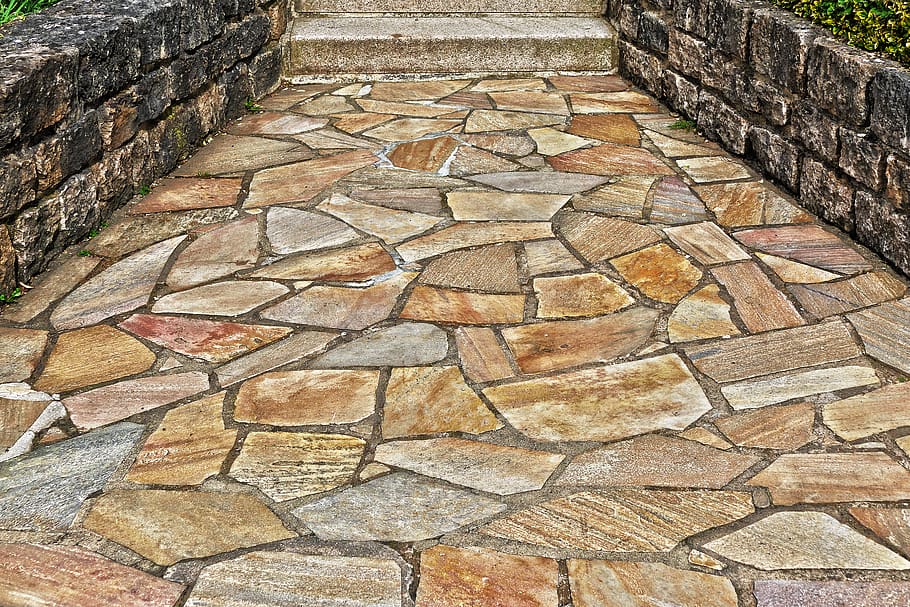
Flat and layered, flagstones find their place in various aspects of rock landscaping. They can be used as paver stones for paths, driveways, or even to build retaining walls. Sandstone, limestone, bluestone, and quartzite are popular choices, with smaller rocks like pea gravel often surrounding the flagstone for paths and stepping stones.
4. Brick Chips

Created by crushing and screening bricks, brick chips are practical landscaping rocks used for trails, walkways, and planting beds. They help maintain soil temperatures and retain moisture, promoting healthy plant growth. These chips do not fade, rot, or attract insects, making them an attractive ground cover option.
5. Crushed Stones (Gravel)
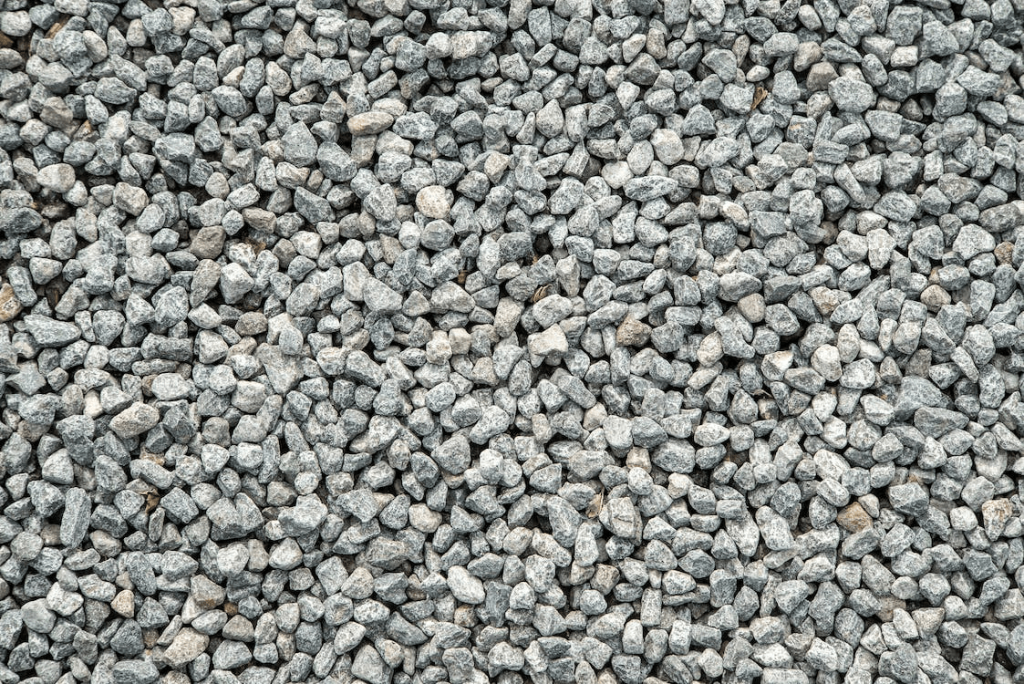
While gravel and crushed stones may seem similar, there is a notable distinction. Gravel occurs naturally, while crushed stones are typically produced through man-made machinery. The angular sides of crushed stones differ from the rounded edges of gravel, giving them a unique appearance.
6. Lava Rocks

Volcanic rocks, also known as lava rocks, come in rich colors like burnt red. They serve well as rock mulch, as they don’t decompose like traditional mulch. Lava rocks are porous and aid in drainage while suppressing weed growth. To prevent weeds, it’s essential to maintain the landscape fabric layer beneath the volcanic rock.
7. Marble Rocks
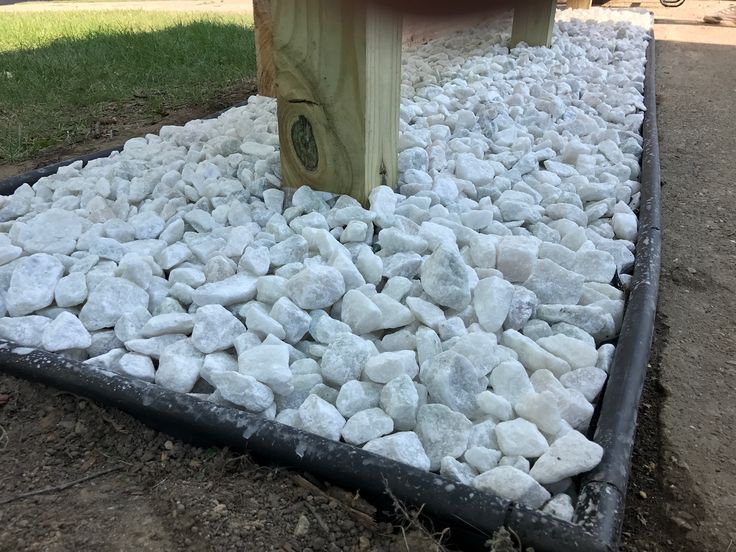
Marble rocks exude opulence, adding a touch of luxury to any space. The high pH of marble can gradually increase the alkalinity of the surrounding soil, benefiting certain plants like hydrangeas. However, if your plants require acidic soil, it’s best to avoid using marble gravel in their vicinity.
8. Boulders
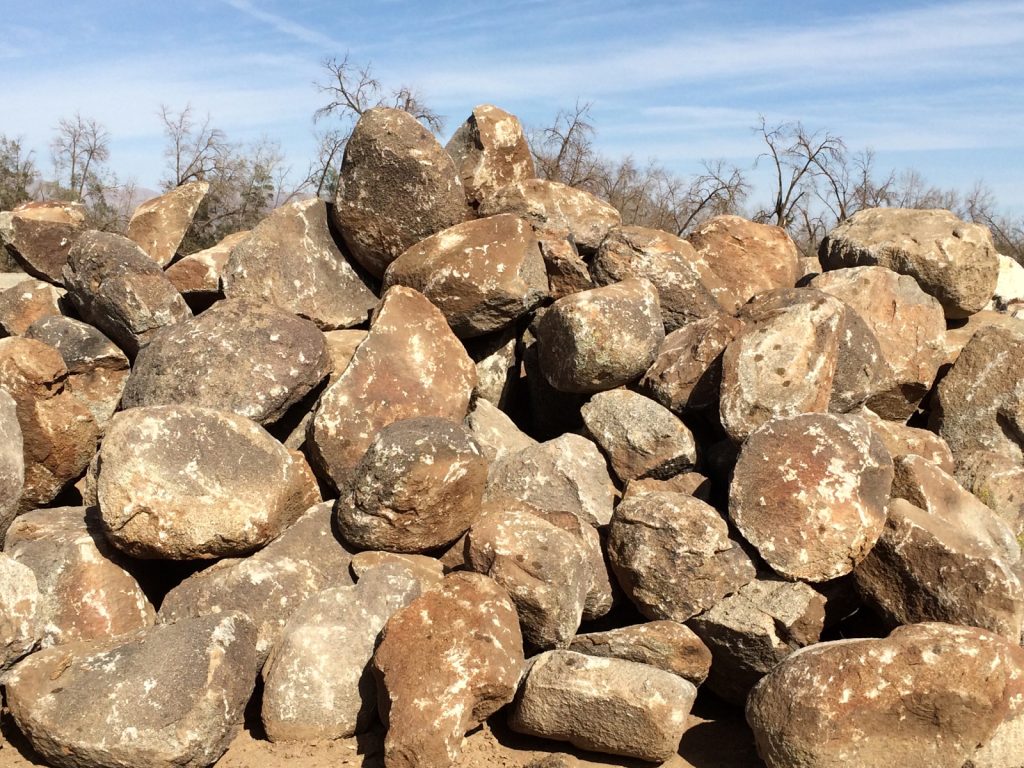
Boulders have a significant impact on landscaping, enhancing texture and serving as eye-catching elements. While they may require professional assistance for sourcing and placement, their aesthetic appeal makes them worth considering. Boulders work well scattered in gardens, stacked, or strategically placed around trees.
9. Beach Pebbles
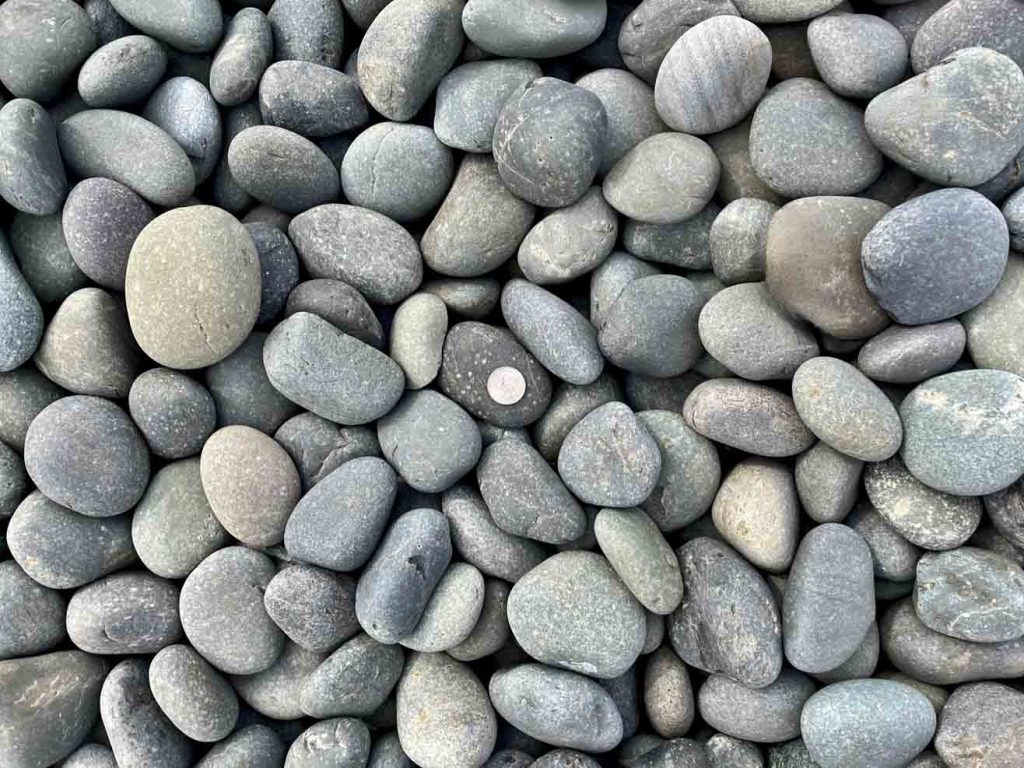
Similar to river rocks but smaller, beach pebbles can be used for walkways or garden beds, creating a charming and natural ambiance.
10. Retaining Wall Rocks
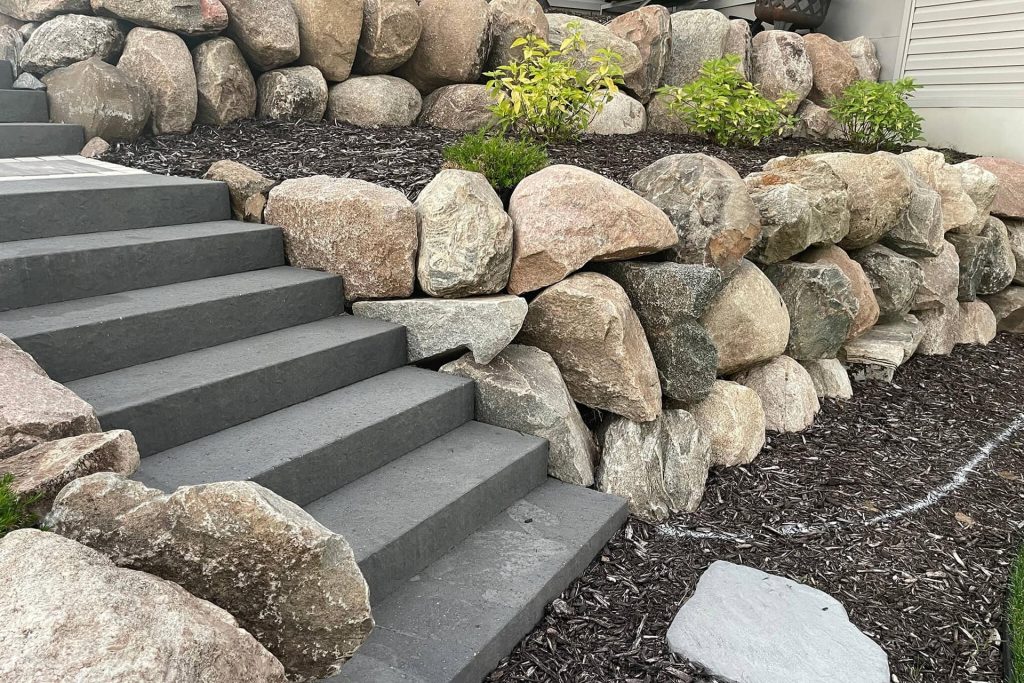
Incorporating rocks into retaining walls provides structural stability and a visually appealing solution to uneven terrain. The choice of rocks and retaining wall design depends on individual preferences and requirements.
11. Gabion Rock Fences and Walls
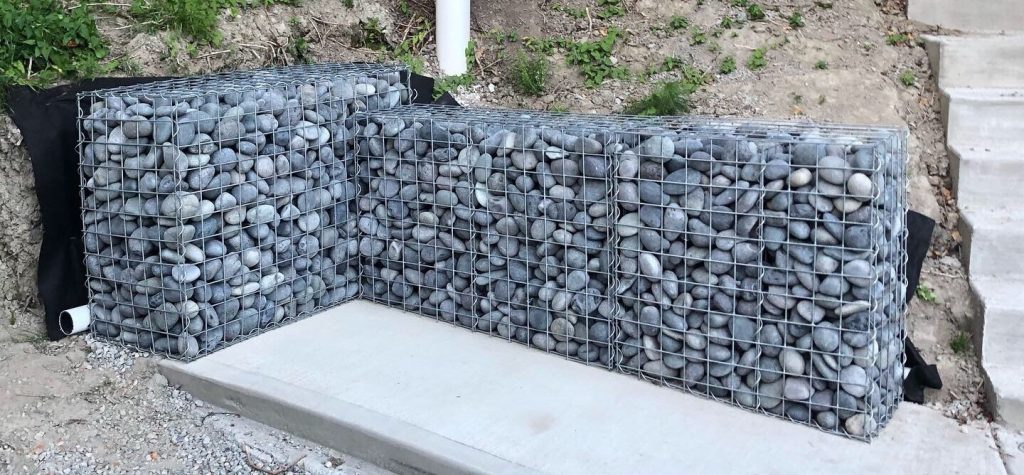
Gabion structures involve wire wrapping around rocks to create fences or retaining walls, offering a unique and striking design element.
When it comes to landscaping with rocks, there is no right or wrong choice. Each type of rock has its unique features and practical uses, ensuring an aesthetically pleasing result. The selection depends on your location, budget, intended use, and personal preferences.
Feel free to mix different types of rocks in your landscaping; however, it’s important to maintain a coherent and harmonious appearance. Using different rocks in various gardens or sections of your yard can create stunning effects when done with an artistic eye.
Remember to consider the effort required to maintain specific rock arrangements, as some designs may prove more challenging to upkeep.
